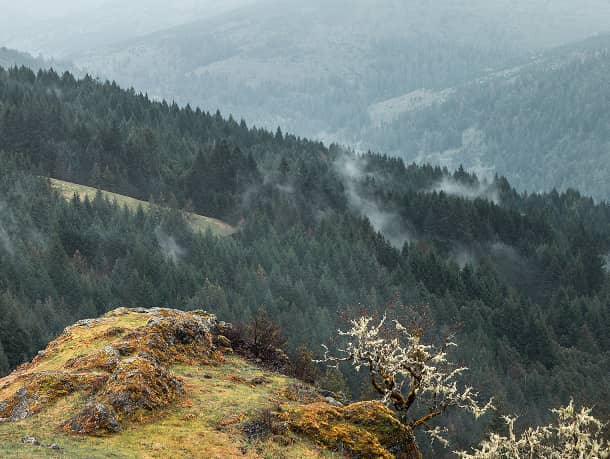Our Mission

Problem
Past timber harvest practices and more than a century of fire suppression have resulted in forests overstocked with biomass (low-value wood and wood residues) and smaller diameter trees. Healthy forest benefits that we and future generations depend on are at a high risk from drought, insects, and catastrophic wildfire. We currently lack market mechanisms, business investment, workforce, and infrastructure needed to steward the forest at the pace and scale needed to reduce the risk of catastrophic wildfire and its destabilizing effects. Government and philanthropic funding are not enough to fund the scope of work needed to avert this crisis.

Solutions
The Alliance is focused on strengthening systems that improve forest and community resilience. We enable a market-driven approach to forest stewardship by facilitating a shared understanding of the barriers and related solutions required to increase the pace and scale of forest restoration. To do this, we are working with other organizations to identify actions and priorities for our region, collectively implement these actions, share our successes, and learn together.
The primary areas of interest include forest product markets, both traditional and innovative products made from smaller diameter trees and woody biomass, and ecosystem service markets, such as carbon, water, or biodiversity markets. In this way, we aim to employ our region’s unique attributes strategically to jumpstart fly-wheel solutions that will continue to perpetuate benefits.

The solution requires:
- collaboration, coordination, sharing experiences, adaptability and shared ownership of problem and solution for collective benefit.
- investment in people, relationships, infrastructure, research & development, business and public policy.
- alignment with social and cultural values that suited to these lands, that work in context with related people and land.
